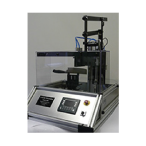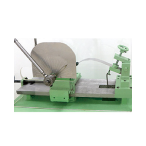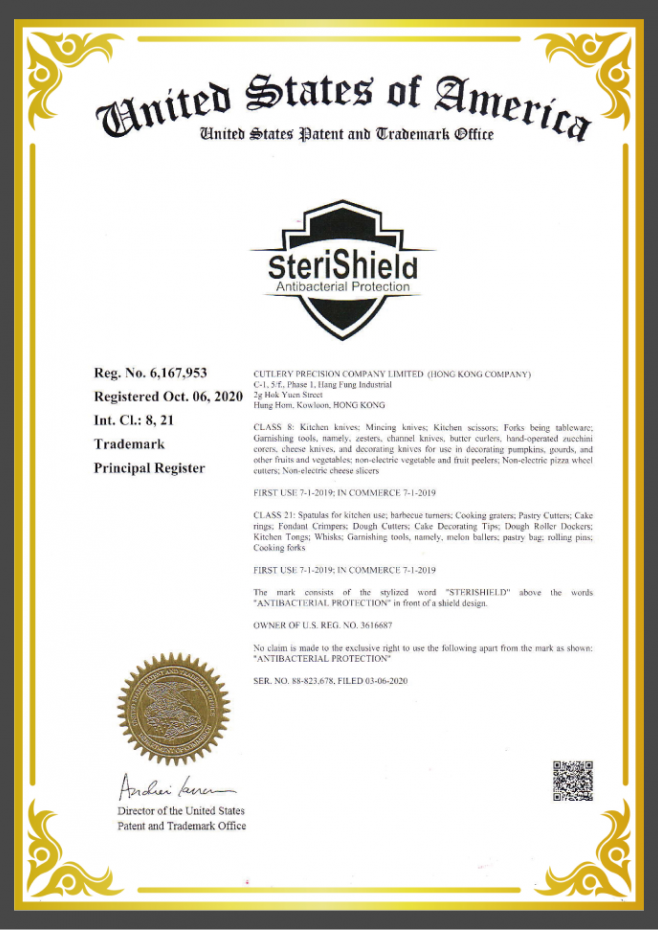Coming Soon...
Quality Assurance
Certification certificate
Technical certification

Dishwasher Test
At a specific water temperature, room temperature, and the addition of detergent, knives and kitchen utensils were randomly tested for washing dishes. All knives and kitchen utensils (except wooden handles) can be safely cleaned through the dishwasher.

Blade corrosion resistance test
Soak knives and kitchen utensils in salt water with a concentration of 1% and a temperature of 60 ° C for 6 hours intermittently (2-3 times per minute). And measure the size of defects (rust spots) with the help of a microscope. This test is to ensure that all cutting tools and kitchen utensils in our factory can pass the corrosion resistance test requirements. The test standard is in accordance with EN/ISO 8442-1:1997.

Blade sharpness test
By testing the sharpness of the blade, we meet the customer's desire for the blade to always be as sharp as new. The test standard is in accordance with EN/ISO 8442-5-2004.

Blade toughness test
Through the blade toughness test, the blade sharpness of the tool is promoted to be more durable. The test standard is in accordance with EN/ISO 8442-5-2004.

Bending strength test
The purpose of testing the bending strength of cutting tools is to achieve and ensure that they do not deform, crack, or break during use. The test standard is in accordance with EN/ISO 8442-1:1997.

Material analysis and hardness testing
Randomly sample and conduct chemical composition and metallographic analysis tests to ensure that the product's material and element content standards meet the standard requirements for contact with food. According to the Rockwell hardness test ISO 6508:1986 standard, the hardness of the cutting tool is tested.

Blade angle test
All knives are tested with a laser goniometer to ensure that each knife reaches its sharpest state.

Tensile test (robustness of handle connection)
Test the robustness of the handle connections. Use the corresponding pulling force to test the connection of the handle according to the weight of the blade to ensure that the blade and the handle never separate. The test standard is in accordance with EN/ISO 8442-1:1997.






